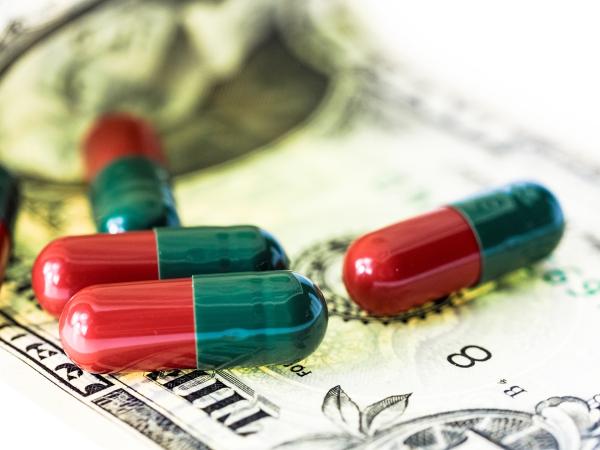The U.S. Court of Appeals for the Federal Circuit just delivered another blow to a rather epic play by pharmaceutical giant Allergan to game the patent system. Though Reuters calls the failed attempt by the drug manufacturer a “novel strategy,” it is not unusual for companies, in general, to use legal maneuvers and slow-walk generic ingredient discovery to prolong the exclusive rights to selling a patented brand drug beyond its expiration date. Extending the life of the patent precludes other manufacturers from making the lower-cost generic form of a branded drug, thereby diminishing the patent holder’s revenue. In the case of Allergan, their clever-but-cunning approach was to transfer the patents for the $1.5 billion-dollar per year dry eye medicine Restasis to a Native American tribe so as to bypass administrative review by the U.S. Patent and Trademark Office given the perceived protection by the tribe’s sovereign status. Then, the tribe would license the drug back to Allergan and be paid in the process.
That was the plan anyway.
Many legal battles later with other pharmaceutical companies jumping into the fray and this scenario is the perfect case study for manipulating loopholes in legislation. Competitors have maintained the drug wasn’t as original as Allergan claimed so it shouldn’t be subject to patent immunity, and they should be able to make their own versions for sale - at lower prices.
Why the fight for life over patents?
Big Pharma would argue that the system is unfair and the regulations are prohibitive and stifling to innovation. On a deeper dive, there is some merit to the flawed nature of the process. For every success, they have many failures - so, research and development compels them to carry much of the risk. The expense of patents, the time it takes to acquire them, get through the many hurdles of clinical trials, safety testing and put a drug on the market are many of the challenges manufacturers face. Failures cost money. Long wait times cost money. All the while the clock ticks on the life of the patent, so the window of time they can sell the end result to recoup their losses and generate a profit gets ever narrowed.
How much this window narrows and how much they lose on these risks is what is up for debate. It is believed these values are overstated by the industry (see here regarding real versus imagined costs in cancer drug pricing). Once the patents expire, other companies can make their own generic versions and prices go down as competition increases.
That said, it can’t be ignored the drug industry is responsible for incredible innovations in the medical realm, from advances in cancer therapy (e.g. immunotherapy) to profound treatments for Hepatitis C.
Are they to blame for all of healthcare’s ails?
Given the deliberately opaque nature of the pharmaceutical industry, they are reflexively scapegoated for all of healthcare’s ails. The reality is there is an entire pharmaceutical industrial complex contributing to the issues. Hidden costs abound within this complicated ecosystem that involves ever expanding cogs in the wheel: retailers, manufacturers, wholesalers, payers who fund the supply chain (e.g., insurance, government, mostly us), distribution lines, pharmacy benefit managers, etc.
And the patient and physician are, but a tiny component of the process without a say or comprehensive understanding.
To understand the complicated nature of the many profit centers that influence drug pricing, review my ACSH colleague Dr. Chuck Dinerstein’s two-part series on The Spread- Exploring The Reason for The High Cost of Pharmaceuticals here and here. First, he details the many parts of the supply chain and their tethered relationship. Second, he explores the integration and consolidation of the industry as a result of the high cost of research and development for branded manufacturers, compounded by the expensive and lengthy wait times for approval set forth by the U.S. Food and Drug Administration (FDA). (To learn how hospitals are getting in on fighting consolidation with consolidation, see here).
So, what’s the bottom line?
It’s not rocket science that companies reward themselves for taking on such risk. And, drug discovery does innovate. As far as drug pricing goes and seeing any changes that benefit the consumer, look no further than the current head of the FDA Dr. Scott Gottlieb who has vowed to shift policy to rid gaming of the system,
“Too many patients are being priced out of the medicines they need. While FDA doesn’t have a direct role in drug pricing, we can take steps to help address this problem by facilitating increased competition in the market for prescription drugs through the approval of lower-cost, generic medicines.”
He further details his Drug Competition Action Plan here.
Only time will tell if the FDA’s multiple measures to spur competition will successfully quell costs and preserve innovation. That may come sooner than a fully transparent pharmaceutical industry, but here’s hoping.




